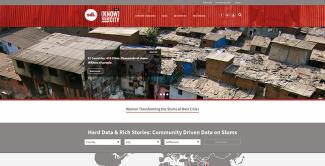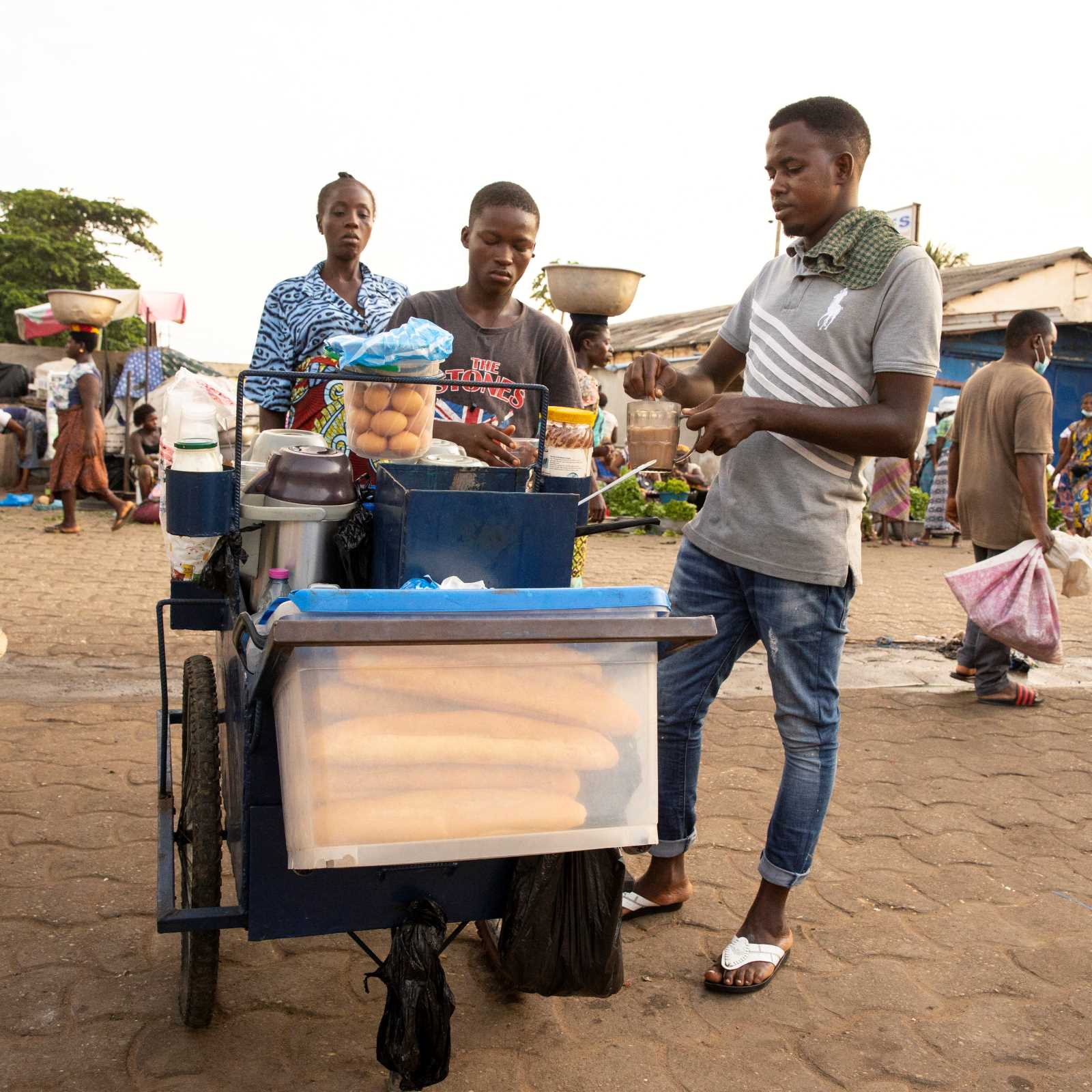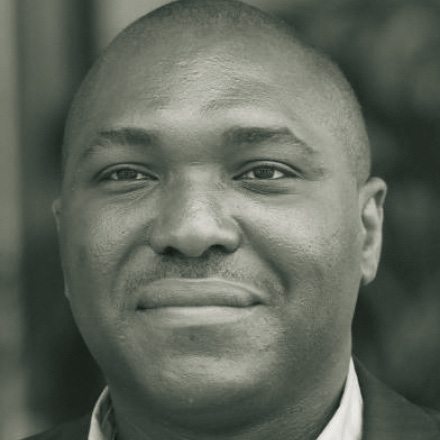Informal settlements
Local ownership is crucial to making slums more liveable

An estimated 1 billion people in the global South live in “slums”. This English term stands for populated residential areas with decrepit housing. It has pejorative connotations, but the editorial team of D+C/E+Z has decided to use it in line with various slum-dwellers’ initiatives who hope to reduce those connotations by using the term. All too often, the infrastructure is decaying, incomplete or entirely missing. Many slums started as informal settlements. They were never properly planned and are often outside government control. All too often, the authorities simply neglect them.
The need to upgrade these settlements – improve living conditions in them rather than clear them out – is widely recognised. In the early 1990s, Shack/Slum Dwellers International (SDI), a global movement of the urban poor, called for cities to become “slum friendly”. Ever since, the SDI has opposed the UN aim of making cities “slum free”, which can be achieved by bulldozing, but severely harms the people concerned.
Upgrading slums includes:
- securing the rights of residents to remain there, as well as
- providing services such as water, electricity and safe housing.
Upgrades can take many forms, from simply rearranging shacks to installing sophisticated infrastructure (see box). Granting tenancy rights to residents has proved to be very effective. It provides incentives for people to improve conditions. Individual land titles may help; but the most vulnerable may be pressured into selling the title at a time of crisis.
There is a bottom-up and a top-down approach to upgrading. The first focuses on realising the wishes of local residents and requires communities to be organised. The second is driven by government initiatives.
Increasingly, slum-improvement programmes involve a mixture of top-down and bottom-up approaches. Local communities engage governments to support their aspirations through appropriately designed programmes, while governments seek to involve local communities in implementing measures.
Thailand’s Community Organizations Development Institute (CODI) is a para-statal organisation that takes such a mixed approach. It relies on government funding to support local communities that wish to upgrade their disadvantaged neighbourhoods. It offers subsidies to tenants as well as homeowners for infrastructure improvements, and it also grants loans at subsidised interest rates to enable housing development. Collective titles reduce the risk of vulnerable households selling their homes.
Several key factors determine the success of efforts to upgrade slums. One is ensuring the participation of local communities and giving them some control of the process. Another is matching the type of upgrades to local circumstances, taking account of residential density and a nation’s general standard of living. Yet another is avoiding the displacement of the lowest-income tenants. All too often, that is an unintended consequence of improving housing and infrastructure conditions.
Ownership matters
Slum improvement programmes across the globe have shown that local ownership is key. The grassroots community must be involved, and it must be organised to make sure improvements address local needs. Organised communities can lobby collectively for changes in upgrading plans. They can, for example, insist on higher housing subsidies for the lowest-income households and/or limit repayments and future charges by lowering standards. Community organisations often encourage collective saving to improve affordability. Collective bargaining can also help to lower purchase costs of planned improvements. Grassroots agencies, moreover, can increase their clout by collecting data and mapping localities (see Diana Mitlin in Focus section of D+C/E+Z e-Paper 2016/10).
Of course, ownership also matters in a very literal sense. Unless residents feel that they and their homes are safe, they are unlikely to invest money or efforts in improving them. Tenure security empowers them to take responsibility and organise.
The power of involving community groups became evident in Pune, India, for example. The municipal government implemented a programme called Basic Services for the Urban Poor (BSUP). In the first round of the BSUP, medium-rise housing was built on the city’s periphery, requiring low-income residents allocated these units to move from well-located central areas.
In the second round, however, the community was involved and the results were better as residents remained in their original locations. The municipal government worked with NGOs to involve residents in a participatory development. Residents then designed their own homes. Moreover, they themselves organised temporary relocations while their homes were being improved. The households had to pay 10 % of the costs, and the neighbourhood savings schemes helped them do so. The Mahila Milan (a network of women’s savings collectives) played an important role.
In addition to involving local residents’ organisations, upgrading plans should be carefully tailored to local conditions. Measures should vary depending on such factors as:
- Who owns the land?
- What are the risks of natural disaster such as flooding?
- How densely populated is the area?
- How much improvement can the community afford?
- What is the country’s general standard of living?
In a region with low population density, for example, it may be best to build individual houses. Where density is high, by contrast, terraced housing or apartment blocks are probably more appropriate. Moreover, a well-off region can afford higher housing standards than a low-income one. Installing expensive infrastructure where people cannot afford it, on the other hand, is likely to exclude low-income households from the benefits of the upgrade. Granting them subsidies can again change the equation.
Don’t hurt the vulnerable
In addition to ensuring local participation and tailoring upgrades to local circumstances, projects aimed at upgrading slums must not harm vulnerable people. Too often upgrades drive up costs, which displaces low-income tenants. When only those who can prove a claim to their home are offered title and tenure, some residents will be pushed out. But addressing the needs of tenants is challenging.
A recent analysis of two SDI housing developments in Nairobi highlights the complexities. Community-led upgrading was designed to provide affordable housing. The original plan was to build single-room dwellings of 12-16 square metres on the ground floor plus a toilet on the first floor. Long-term tenants were also offered title to plots of land as the community wanted the upgrading to be inclusive. Rooms could be added on higher floors as residents became able to afford the investment.
However, the home-owners need for income – in part to repay the housing loans – meant that they rented these rooms to new tenants. The community came to accept that there was a continuing demand for rental housing. That lesson is now being built into their new efforts to address housing need.
Diana Mitlin is a professor of global urbanism at the University of Manchester and a principal researcher at the International Institute for Environment and Development (IIED).
diana.mitlin@manchester.ac.uk
Twitter: @DianaMitlin
David Satterthwaite is a senior fellow at IIED and a visiting professor at University College London.













